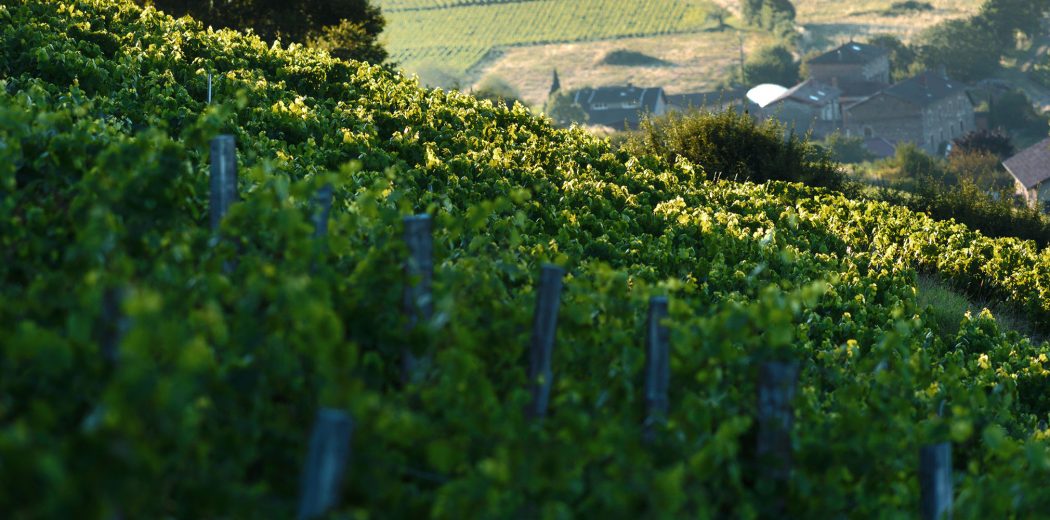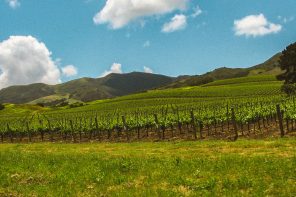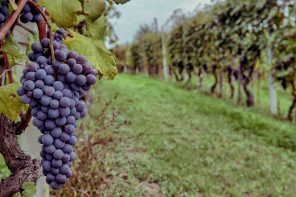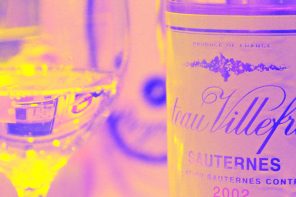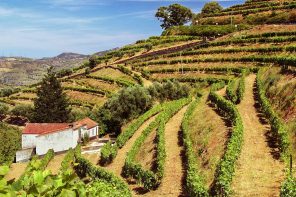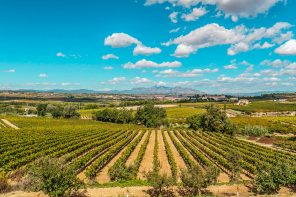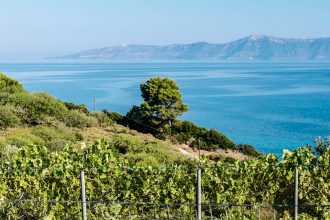By now, most wine drinkers have heard of (and enjoyed) a few glasses of Beaujolais. Over the last decade, the famous French region has seriously taken off – and it’s no mystery as to why. Gamay, the region’s signature grape, is incredibly easy to drink, producing fruit-forward, earthy wines with refreshingly high acid and snappy fruit flavors. Nowadays, it’s actually harder to find a wine bar, retail store, or restaurant list that doesn’t have a few references from this south-of-Burgundy region.
However, not all Beaujolais is created equal. The region, as a whole, had quite the setback for awhile, thanks to the market arrival of Beaujolais Nouveau. Producers were eager for a quick turnaround (and even quicker profit), and needed a solution. The answer? Harvest grapes in September, as per usual, but ferment, age and bottle in a short, two month period. The resulting wines were thin, slightly sweet and lacked complexity; a total insult as to what the Gamay grape can actually do in the region’s signature granitic soils.
However, along came cru Beaujolais, saving the region’s reputation and putting the wines back on the map. Beaujolais is broken down into 10 cru villages, each maintaining their own signature flavor profiles. All crus abide by certain AOC-implemented standards, for the sake of ensuring quality. Today, we’re looking at one of Beaujolais’ largest and most well-known crus, Morgon.
Unlike wines from other crus, which are generally light and bright, Morgon produces some of Beaujolais’ most powerful and age-worthy bottles. Their earthiness is similar to those of northern Burgundy, producing an ageability that can withstand the test of time. Wines from Morgon usually produce the darkest hued wines, showing gorgeous, dark magenta-purple in the glass.
As in other crus, wines from Morgon are crafted from the Gamay grape, producing easy-drinking, food-friendly bottles. Grapes are carbonically macerated, meaning that fermentation begins within the actual grape berry prior to crushing. This process maintains freshness and fruit-forwardness in grapes, keeping wines lively and easy-drinking.
Morgon’s soils are full of iron oxide and volcanic rock, adding earthiness and texture to the wines. The cru is home to 250 producers, many of which make wine in a non-interventionist, more natural style. The region’s renowned Cote du Py, located in the heart of the Morgon appellation, produces some of the most complex and muscular wines in all of the region.
Despite that appellation being less than five square miles in size, an impressive 7+ million bottles of Morgon are produced annually. The region’s fuller bodied style and striking age-worthiness is really what sets thee cuvées apart from the rest of the region, and their signature, meaty style is a giveaway in blind tasting. Pair alongside grilled vegetables, light poultry dishes, hearty mushroom stews.

